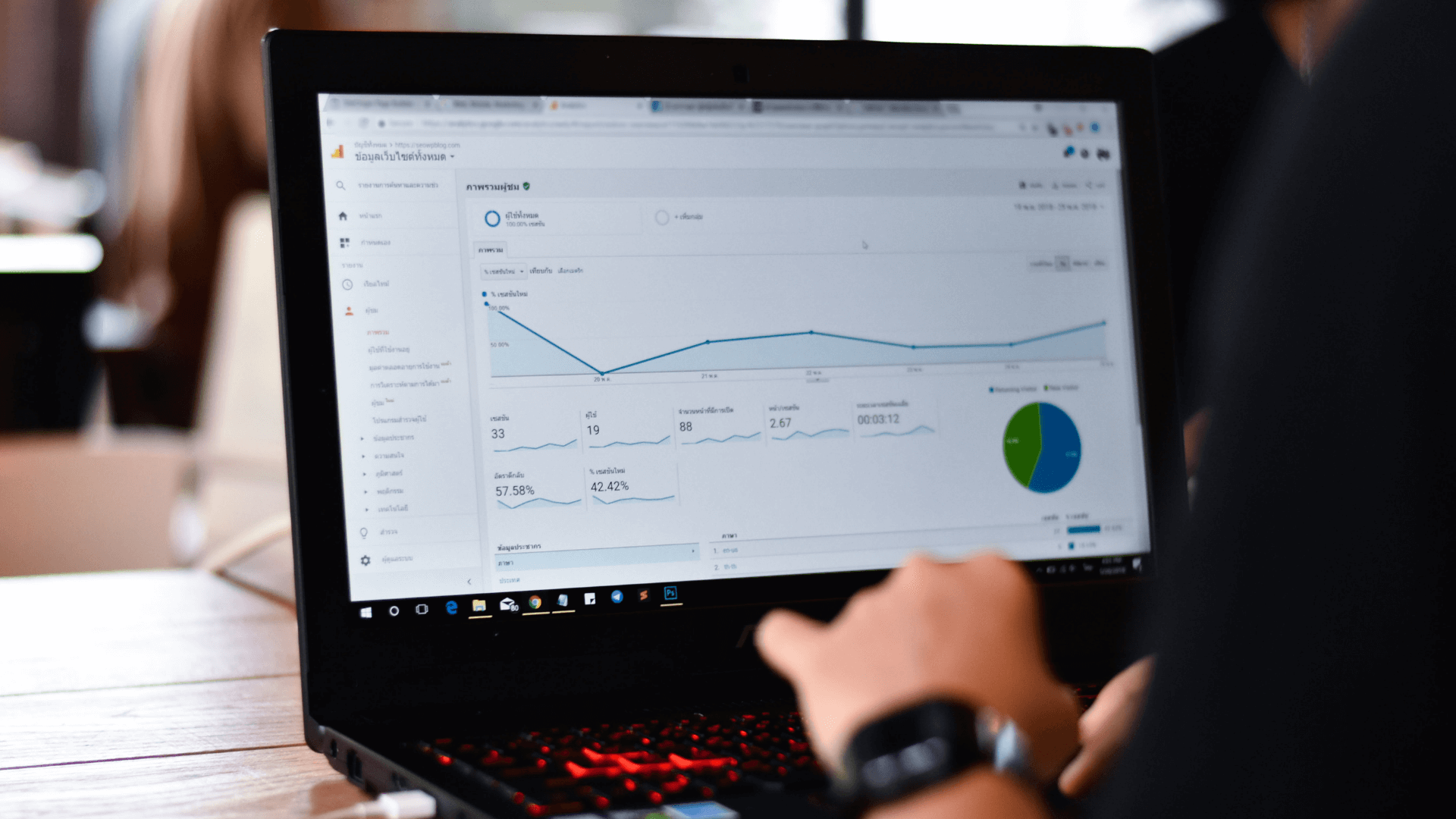If you have a website, chances are you’re currently connected to Google Analytics (GA). GA is an analytical tool that is extensively used worldwide and available for free. If you don’t have GA and would like to start tracking valuable data on your website, follow these basic instructions from Google.
Having an analytical tool connected to your website is extremely important as it helps you analyze your website traffic, which in turn helps you understand the behavior of your customers while they’re on your website. In the most basic sense, GA records various activities of your website visitors and matches them with the attributes of their Google accounts (when they’re searching the web while logged in) such as IP address location, user demographic information, and interests. GA aggregates all of this compiled data and offers you with an easy to read dashboard with information that can help you identify which online campaigns are working best, which websites or social media channels are referring the most traffic to your own website, which keywords drive the highest volume of organic traffic, and much more.
Google Analytics offers a wealth of information to be analyzed and transformed into valuable marketing insights. By learning how to read and interpret this information you’ll be able to make better marketing decisions to help you convert more customers and make more money. Here are five important metrics you should analyze:
- Demographic information--knowing the gender and the age group of most of your visitors will help you craft content that will best resonate with them. For example, if 60% of your web visitors are males between the ages of 25-44, your website layout and content should be created to deliver the best experience to this age group.
- Geographic information–if you start noticing an increase in traffic and conversions from a specific geographic area, you know that there’s an need for your offer in that region. This information can help you focus your marketing dollars on geographic regions where you’d have greater chances to generate more business.
- Mobile Traffic–monitoring the volume of mobile visits and conversions is very important because you want to make sure your website is performing well on mobile devices. You also want to make sure that your site speed is as fast as possible so that your mobile visitors can have a good experience from landing to conversion.
- Referral Traffic–knowing where your traffic is coming from is crucial information to help you understand what type of marketing tactics are working best. This category excludes paid traffic as well as organic search.
- Conversions–setting up goals and tracking your conversions in GA will help you assign a value to your marketing efforts–both paid and unpaid. You can track sales and assign a dollar value to each transaction as well as assign a ‘funnel’ value when someone fills out a form, for example.
Google Analytics may seem a bit overwhelming to a new user. To learn more how to navigate this wonderful tool and make sense of the data it is collecting, consider taking this GA course from Google. You should also consider connecting Google’s Search Console to your website to be able to view more in-depth information about your site performance as well as how Google is indexing the content on your website.
Take advantage of GA to make wise marketing decisions using data collected on your website! If you need assistance connecting your website to GA or making sense of your data, give us a call at (800) 980-7962 to schedule a free 30-minute meeting or fill out our online contact form.

